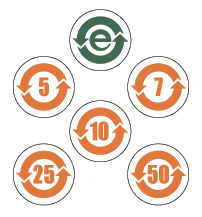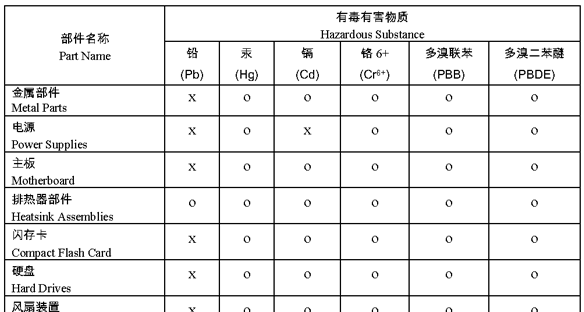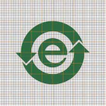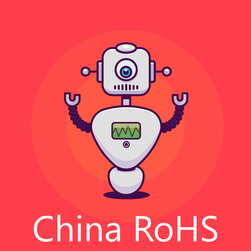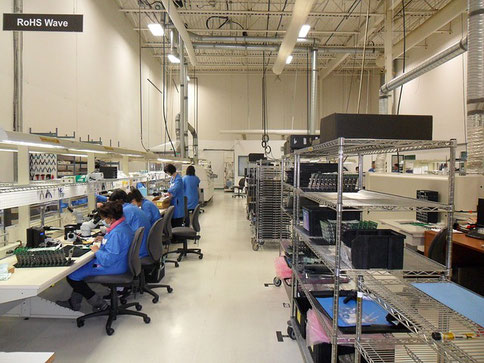The Enviropass Approach for China RoHS Testing
You can choose two types of services for your China RoHS testing, declaration, and label logo symbol:
- Classic China RoHS
- Deluxe China RoHS
China RoHS vs EU RoHS: If you already have sufficient Europe RoHS technical documentation, Enviropass can reuse and adapt the information to conformity for a fraction of the price.


